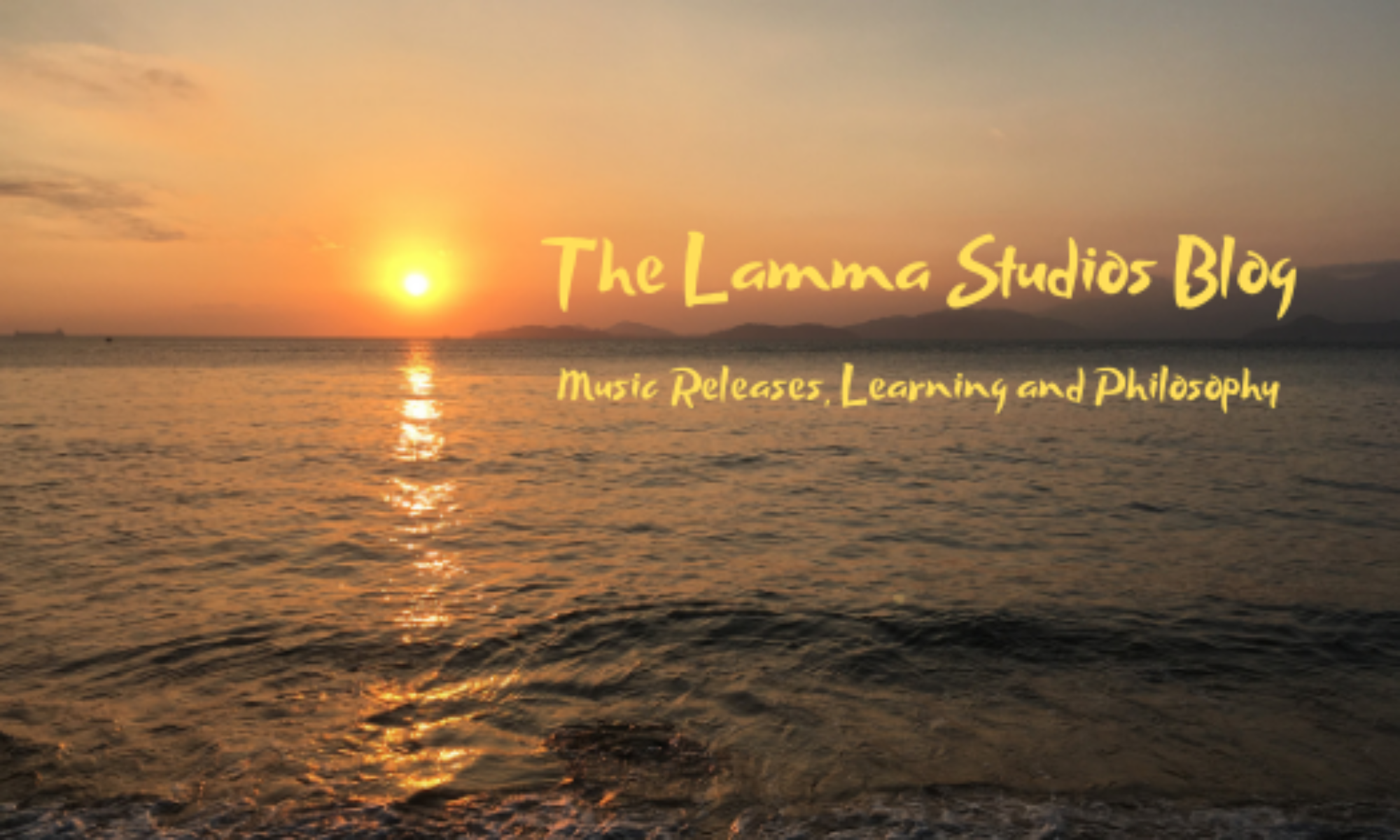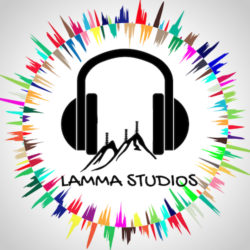Principle 8: Practice with music for fast development.
While I believe that jamming is most important for true musical development, practicing does have its place when done correctly. I enjoy practicing a lot and so will you if you do it the right way- with a musical context.
The standard music education practice model of solitary repetition is ineffective, painful and boring. Imagine if we learned our language this way, our parents telling us, “Now go into that room over there by yourself and say these words and sentences over and over again until they are perfect. You need to do this every day for a minimum of ____ hours.” It would be a slow, difficult, unhappy and boring process. Also we would not learn to speak very well no matter how much we “practiced” this way.
Practicing does not have to be a mind-numbing process of sitting in a room alone playing something over and over until it’s perfect. Instead, we can bring music into the practice room with us and make it much more fun and effective.
This can be done in a variety of ways, including playing with our favorite recordings, play-along recordings, drum machines, YouTube drummers, loops and loop pedals as well as many other methods.
Here are some of the benefits of this approach:
1) Playing with music brings the groove into the practice room. Therefore we get more experience fitting in our playing with the groove, playing with the right style, tone, and dynamics appropriate for a given groove and learn to play with better rhythm which is critical for playing with other people.
2) Playing with music teaches us how to fit whatever technique we are working on into context immediately. Just like in school, when we learn a new word we put it into a sentence as soon as we learn it, we want to put our techniques into a musical context right away. Technique is useless without musical usage.
3) Playing with music is a great way to learn songs and new music. We can listen to a song or practice the sheet music many times without really learning the music effectively. But when we play along with the recording by ear a few times over several days, the learning will happen quickly and easily.
4) Playing with music allows us to develop many more elements of musicianship at one time. When sitting in a room by ourselves “practicing”, usually people are working on “the notes”. Playing the song with the recording or other backing music allows us to practice: feel, groove, tone, dynamics, phrasing, etc. And the notes, of course.
5) Playing with music is fun! Much much more fun than practicing alone. How would you like to learn to play music? By sitting in a room alone or by playing with your favorite bands? That’s an easy answer for most of us.
Exercises for playing along with music:
In these exercises we will explore a few ways to practice a song. I have picked the jazz song “Summertime” to demonstrate this approach. However if you would like to substitute a different song in a different style go ahead. There are so many resources online to play along with now that you can find backing music for any style and many many songs.
Exercise 8A: Play along with the recording.
This is in many ways the best approach, especially for working on a complete song. Put on a recording and play along, fitting in as best you can with the groove and the feeling. It’s best to use your ear to play along. Go ahead and make mistakes with the notes. The notes don’t matter that much. Focus on the feeling!
Start by playing along with each recording of the song several times until you feel like you’ve learned some from the experience then go on to the next one.
The First Lady of Jazz, Ella Fitzgerald sings it in Bb:
Here’s a beautiful version by Norah Jones and Marian McPartland in Bb:
And a hip hop version remake (simplified) from Sublime in G:
Exercise 8B: Play with a play-along recording.
Next, try the song with a play-along recording. A play-along recording is a recording of just the rhythm section backing of a song. With a play along you have feel, groove, harmony and rhythm but no melody or solos. It’s a great way to discover your own personal approach to phrasing, melody, etc.
A slow funky version in A:
A jazz version in A:
A bossa nova version in A:
And a gypsy jazz version in A:
Repeat playing with these tracks over several days until you feel good about how you can play the song, then proceed with the next exercise.
Exercise 8C: Play with a YouTube drummer or drum machine.
Playing with drummers and drum machines is a great way to improve your rhythm and work with new techniques while remaining within a musical context. This is similar to the normal metronome work done by traditional music education, but much better because instead of playing with a click, you are fitting into a groove.
If there is a new passage of music or technique you want to improve, I suggest to play it slowly a few times without rhythm to get the general idea, then immediately turn on the drums and play it with the drummer.
Jim Dooley is my favorite YouTube drummer.
Here’s a funky track 90 beats per minute:
And a slow rock beat 65 BPM:
Here’s another track with a swing beat at 190 BPM (it says 95, but it’s actually twice as fast):
There are many, many online drummers, as well as drum machines you can use if you want to customize your beats.
One online drum machine resource you can try out is the Drumbot.
Exercise 8D: Play with loops that you create yourself.
This is a very fun and creative way to practice. With it you can create loops and then play along with your creations. This can be done in many ways, including guitar loop pedals, music production software like Garage Band as well as online loop tools.
Choose a method for creating a loop (Garage Band is one of the easiest) and make yourself a simple loop, with a good groove. Then jam over it, create new ideas, work on ideas you’ve had before and practice songs. There is no limit to what can be accomplished with this technique, and many top performers use loops during their live shows shows very effectively.

